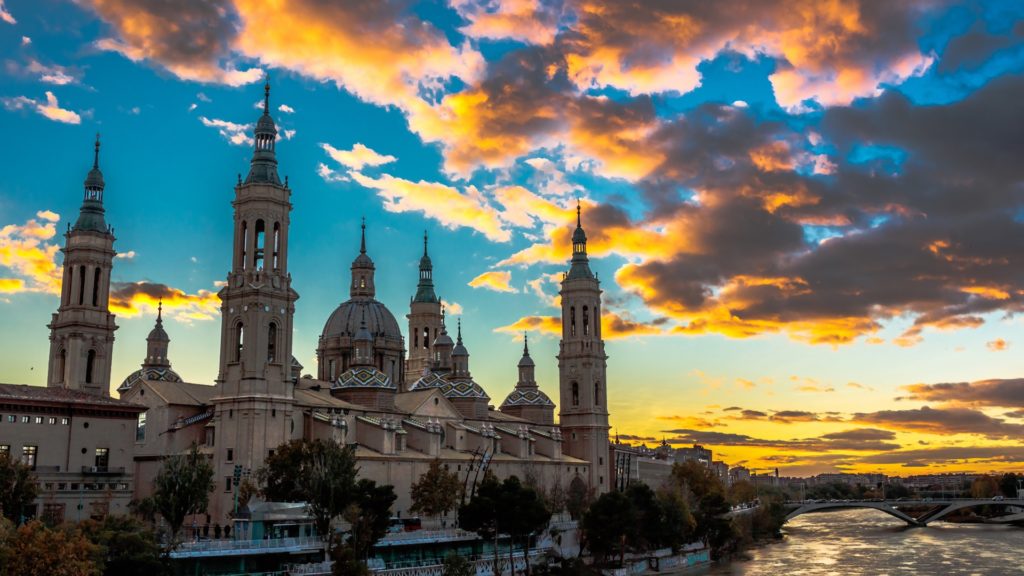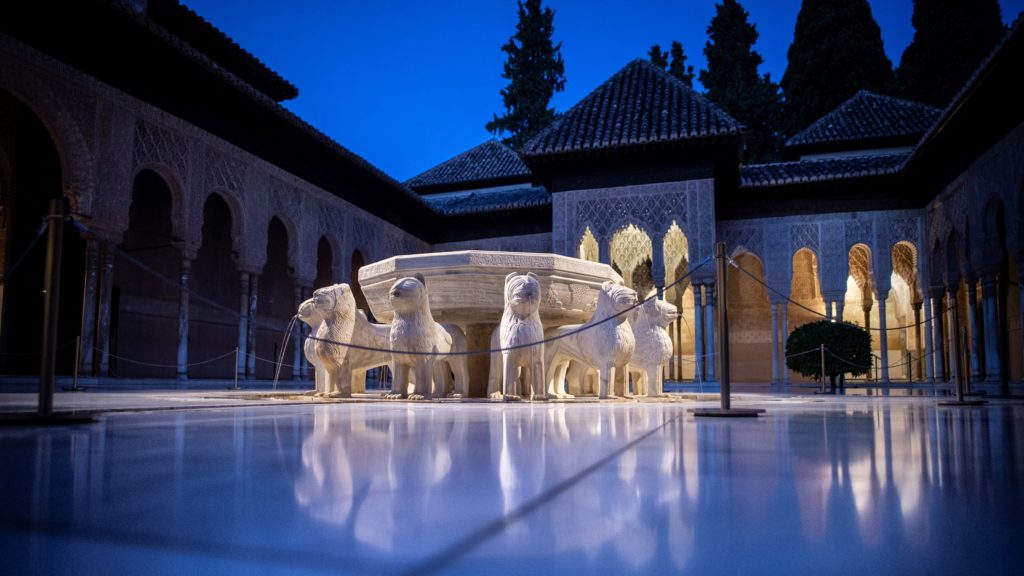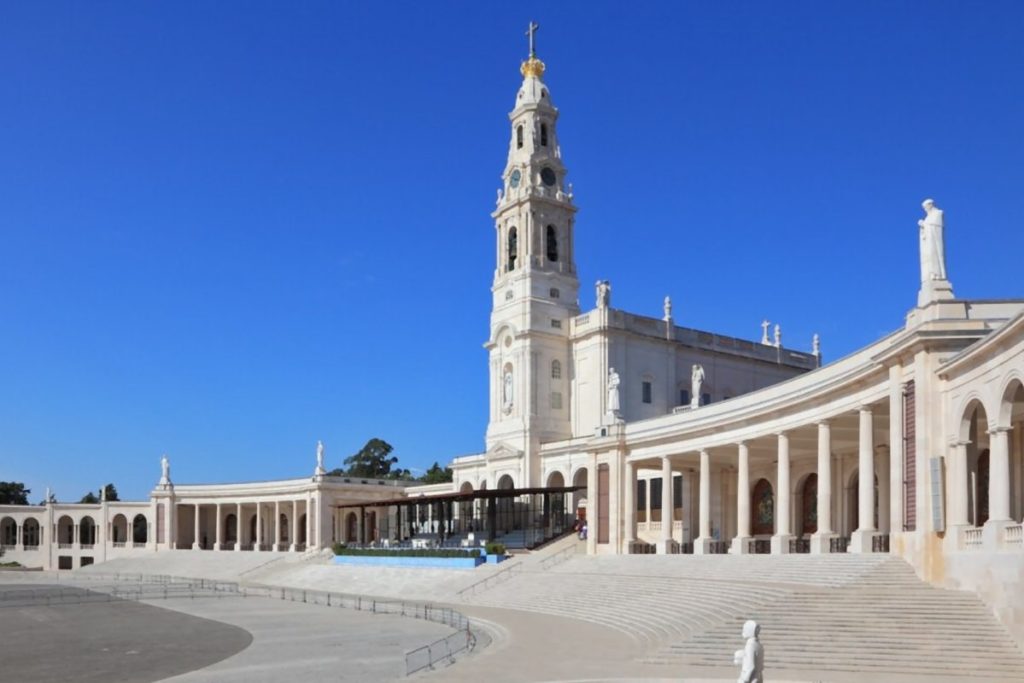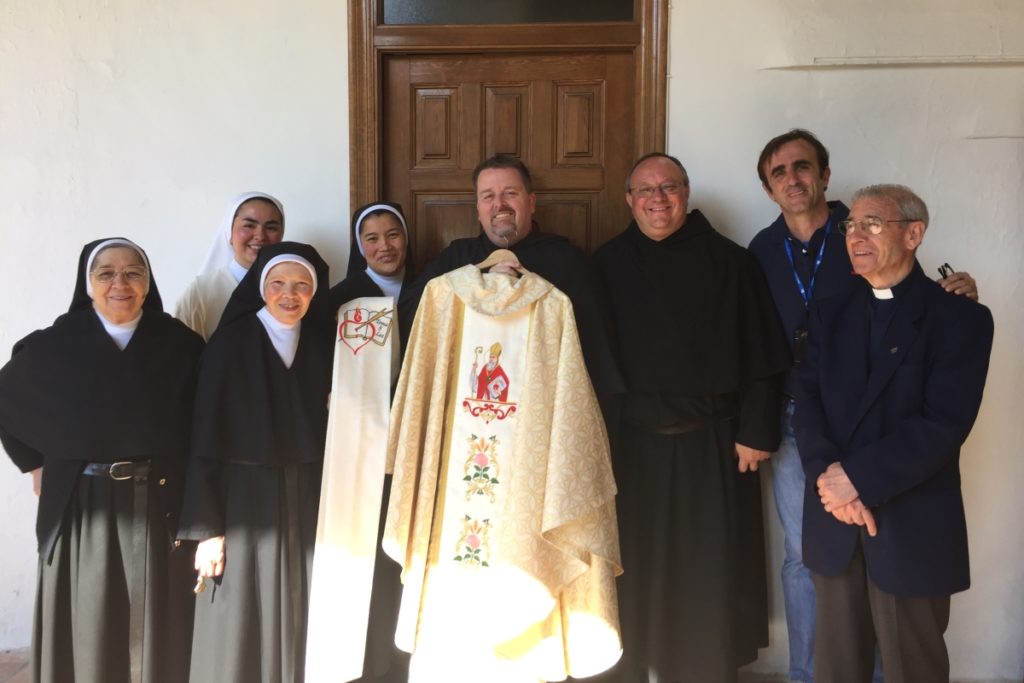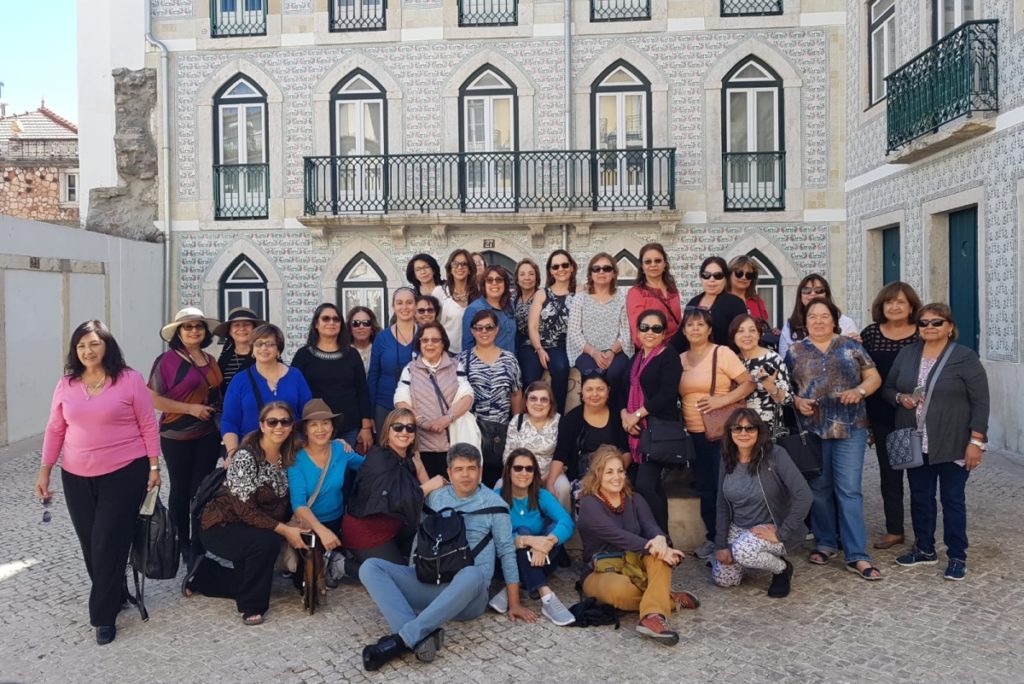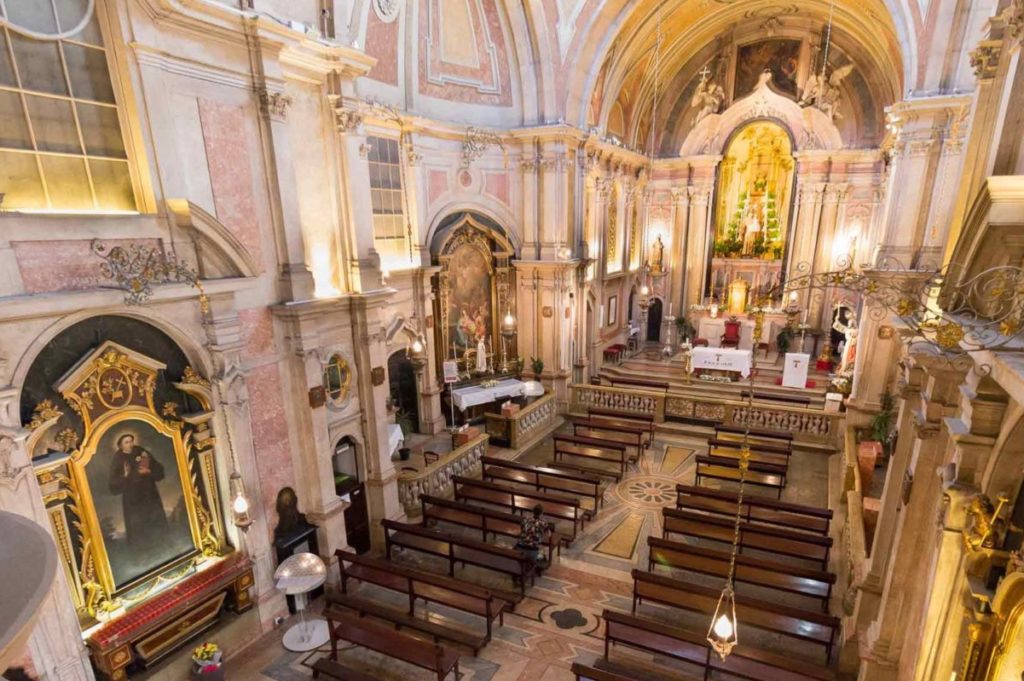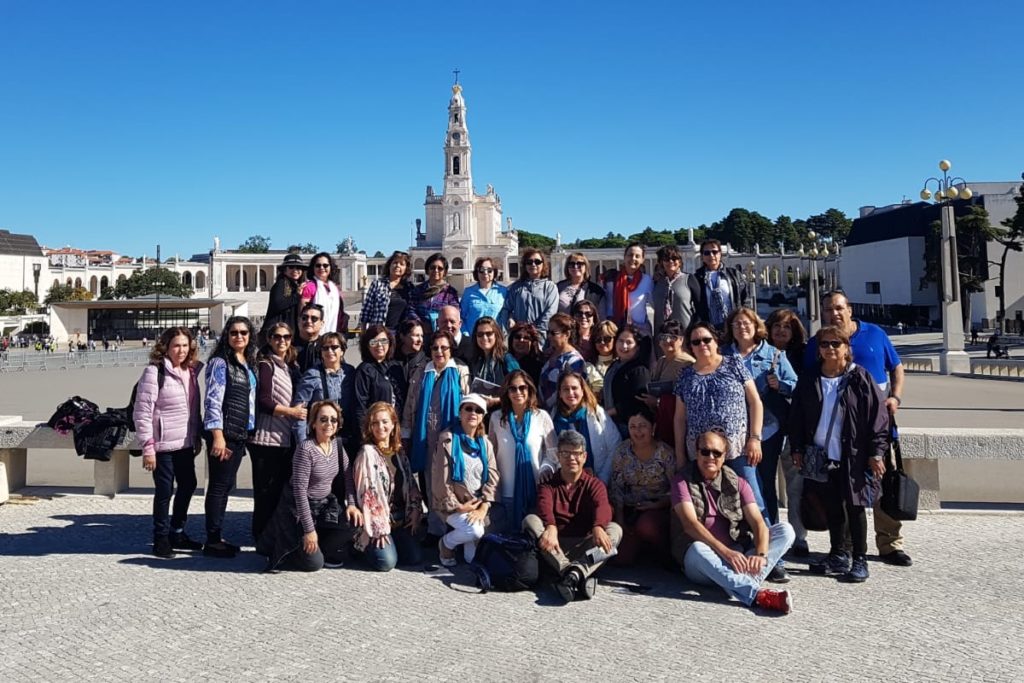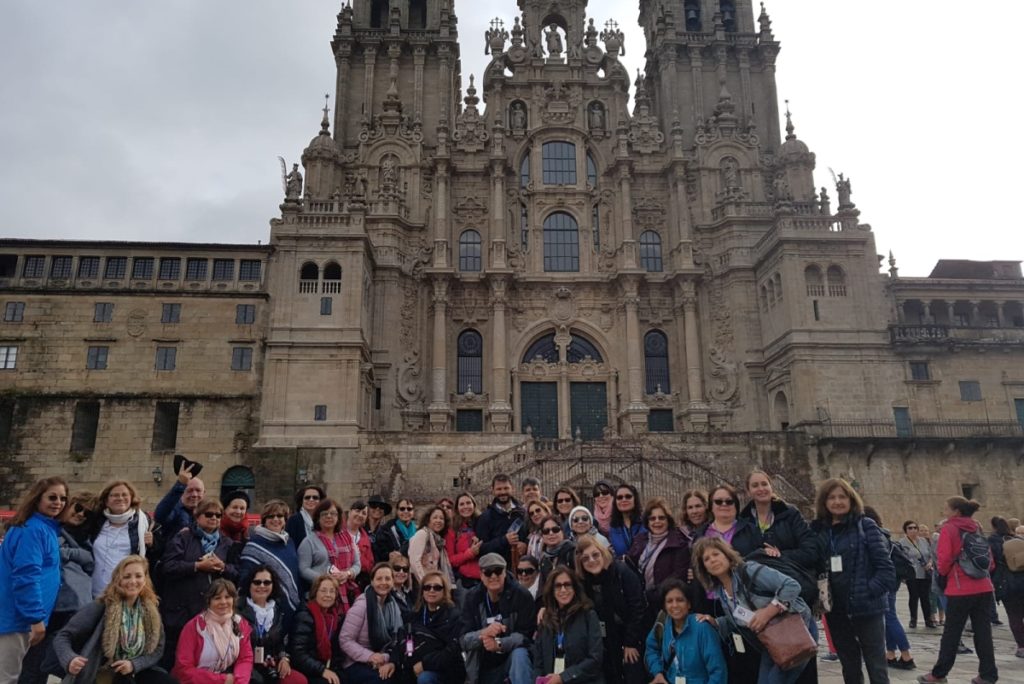Religious Travel
Catholic Travel in Spain & Portugal
Under our brand Holy Places in Spain, we were focused on Catholic pilgrimage tours inside the Iberian Peninsula, where we included Spain, Portugal and Lourdes in southern France.
We are over twenty-five years of experience in pilgrimage tours that combine visits to Santiago de Compostela with the main Marian Shreds having the opportunity to listen to Gregorian chants, visit the best collections of religious relics in the world, follow in the steps of the mystics Santa Teresa and San Juan de la Cruz, celebrate Mass in a number of Romanesque churches and cathedrals, and enjoy the great wealth of artistic and religious richness that Spain has to offer.
We can together custom the pilgrimage program that you are looking for in the Iberian Peninsula.
If you are interested in any of our Catholic itineraries or interested in any custom pilgrimage for your community or parish, visit


 holyplacesinspain.com
holyplacesinspain.com